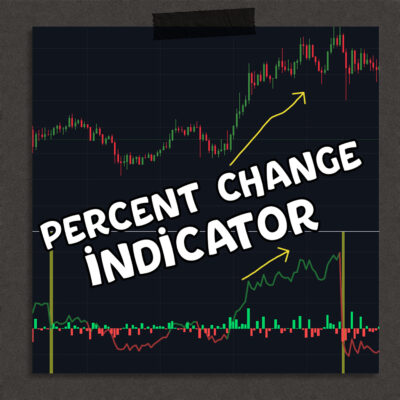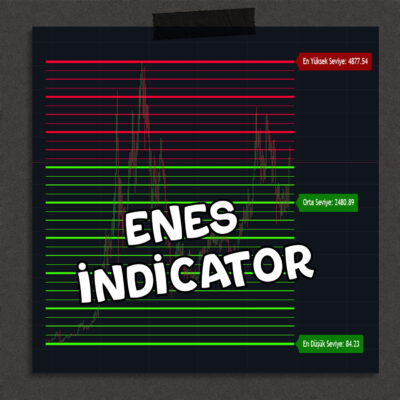Bybit Trading Bot Using Bollinger Bands with Python
Automating cryptocurrency trading can help traders seize market opportunities without constant monitoring. This tutorial explores a Python-based trading bot that uses the Bybit API and Bollinger Bands to automate trades. The bot can trigger buy or sell orders based on market conditions, leveraging real-time price data from Bybit.
How the Bybit Trading Bot Works
The bot relies on Bollinger Bands, a popular trading indicator that shows price volatility and trends. When the price crosses the upper or lower Bollinger Bands, the bot places market orders to buy or sell.
Key Functions and Components:
– API Authentication: Securely connects to Bybit’s trading platform using API keys.
– Signature Generation: Authenticates each request with a unique HMAC SHA256 signature.
– Kline Data Retrieval: Requests kline (candlestick) data from Bybit to track price movements.
– Bollinger Bands Calculation: Uses the 20-period moving average and standard deviation to compute upper and lower bands.
– Trade Execution: Places buy or sell orders based on the current price position relative to the Bollinger Bands.
Setting Up the Bybit Trading Bot
Follow these steps to configure the bot and start trading:
- Obtain Bybit API Keys:
– Visit the Bybit API Documentation to create an API key for your account.
2. Install Required Libraries:
– Run the following command to install the necessary libraries:“`python
pip install requests numpy pandas
“`
3. Customize API Credentials:
– Replace the placeholders in the code (BYBIT_API_KEY and BYBIT_SECRET_KEY) with your actual API credentials.
4. Run the Bot:
– Execute the script in your Python environment:“`python
python main.py
“`
How Bollinger Bands Influence Trading Signals
The bot determines trade signals as follows:
– Long Position (Buy): When the current price falls below the lower Bollinger Band, indicating a potential reversal.
– Short Position (Sell): When the price rises above the upper Bollinger Band, suggesting a potential decline.
– Hold (No Action): When the price is within the bands, the bot remains idle, waiting for the next trading opportunity.
This approach allows the bot to capitalize on high-probability trading signals.
Key Benefits of Using a Python Trading Bot
– Real-Time Monitoring: Continuously monitors market conditions and makes split-second decisions.
– Emotion-Free Trading: Executes trades purely based on technical indicators, minimizing emotional influence.
– Automation: The bot handles repetitive tasks, allowing traders to focus on strategy and market analysis.
Important Considerations for Bybit Trading Automation
Trading bots are valuable, but they come with certain risks and considerations:
– Market Volatility: Crypto markets are highly volatile; be cautious with leverage and position sizes.
– API Rate Limits: Bybit imposes limits on API requests, so ensure the bot doesn’t exceed these thresholds.
– Security: Protect API keys and sensitive data to prevent unauthorized access.
For more advanced bot functionalities, explore resources like [AlgoStore](https://www.algostore.net/), which offers custom trading solutions and tools.
Example Code Snippet for Bollinger Band Calculation
The code below demonstrates how the bot calculates Bollinger Bands:
“`python
import numpy as np
import pandas as pd
# Get closing prices
close_prices = np.array([/* example data */])
# Calculate the rolling mean and standard deviation
rolling_mean = pd.Series(close_prices).rolling(window=20).mean()
rolling_std = pd.Series(close_prices).rolling(window=20).std()
# Calculate upper and lower bands
upper_band = rolling_mean + (rolling_std * 2)
lower_band = rolling_mean – (rolling_std * 2)
“`
Conclusion
A Python-based trading bot using Bollinger Bands on Bybit is an efficient way to automate trading strategies. By leveraging real-time data and proven indicators, this bot offers a structured approach to market decision-making, enhancing potential profitability. As with any trading bot, consider testing strategies on a demo account and refining parameters for improved performance.
![[ENG]](https://www.algostore.net/wp-content/plugins/polylang-pro/vendor/wpsyntex/polylang/flags/us.png)
![[TR]](https://www.algostore.net/wp-content/plugins/polylang-pro/vendor/wpsyntex/polylang/flags/tr.png) [TR]
[TR]















